Strength & Conditioning for Youth Athletes.
Strength and Conditioning for Junior Athletes - An overview for athletes and parents.
The purpose of this article is to give junior athletes and their parents an overview of junior high performance training and how it can be used to develop an athletic foundation sturdy enough to deal with the rigours of athletic competition, as well as life. We will go over the following topics:
· What is strength and conditioning (S+C)
· What strength and conditioning looks like for junior Athletes.
· The benefits of strength and conditioning for junior athletes.
· Our recommendations for Junior athletes - what a training week could look like
· FAQ’s around strength and conditioning in a junior population
WHAT IS STRENGTH AND CONDITIONING:
Simply put, strength and conditioning looks to improve the bio-motor (athletic) qualities held by an individual. These include strength (think the ability to produce force), speed/power (think sprinting and jumping), endurance (longer duration, aerobic activities), coordination (balance and motor control) and flexibility/mobility (the ability to control the body through its full range of motion).
This is generally done through a combination of scientific and anecdotal methods, and it is appropriately tailored to an individual, group or team. For example, all athletes/players on a team could be working on the same bio-motor quality, however the method used may vary depending on age, experience, injury history, time of season, playing time etc.
In addition to this and equally as important, is the use of strength and conditioning for injury prevention. Appropriate training methods and progressions can play a massive role in preventing injuries that may keep you on the side line. Building an athletic foundation at a young age that can tolerate what is required in professional sport is a priceless quality. The less you are injured, the more time you have to play and train for your chosen sport.
STRENGTH AND CONDITIONING FOR YOUTH ATHLETES
At present, there is an overwhelming body of evidence to support the use of strength and conditioning in youth populations. This evidence supports that young athletes that participate in this kind of training can have long term health benefits across their lifetime! Who doesn’t want that?
Over time and on average, youth athletes that complete a strength and conditioning program will jump higher, run faster, have more muscle mass, increased strength, have greater levels of motor control and higher levels of endurance when compared to those that don’t.
When it comes to strength and conditioning for junior athletes, initially we want to educate them on how and why they should move. We want to develop an interest and understanding of their training needs. The analogy that I like to use when describing how we develop youth athletes is; “you would not build a skyscraper without knowing you have a solid foundation”. We train junior athletes to have that foundation. Once the foundation has been developed, then we can start to progress into more complex training styles, allowing them to sustainably grow into a “skyscraper”.
Understanding how, when, what and why we do things in a high performance setting can be vital for long term success. Knowing how often to train for your sport, how often to complete S+C training, how to get enough recovery and how to fuel the body can make the difference between an athlete burning out at 18 and making it to the professional level.
TOP 5 BENEFITS OF STRENGTH AND CONDITIONING FOR JUNIOR ATHLETES?
Reduced injury risk - youth athletes that complete an appropriate S+C program are significantly less likely to get injured short term or long term.
Improvement in all bio-motor qualities vital to sport - strength, speed, endurance, coordination, control.
Increased cardiovascular system - who doesn’t want a healthy heart?!
Decreased risk of childhood obesity - which can be a precursor to a myriad of long-term health risks.
Improved immune system - we can see how important this is with the recent COVID-19 pandemic.
OUR RECOMMENDATIONS FOR JUNIOR ATHLETES - SPORTS TRAINING AND S+C
In the junior athlete population we understand the importance of sports training and skill development. However, all too often we will see junior athletes who are training/playing their sport 6-7 days a week, all year round. This can be great for sports skill development, but more time and effort is required to develop the physical qualities needed to sustain these training loads and allow these athletes to develop long term. An athlete that is powerful, strong, fast, resistant to injuries and skilful is far more desirable than a skilful athlete that is slower, weaker and prone to injuries. We recommend prioritising at least 2 strength and conditioning sessions per week, tailored to junior athletes developing a solid athletic foundation. In this situation, sports training may need to be cut from the week, but do this with the long term vision. Build a sustainable weekly schedule with a good mix of skills training, competing and appropriate S+C training.
Our Junior High Performance Program at Axis Performance provides exactly what we are recommending here. To enquire or join your Junior Athlete to our program, visit the Junior High Performance Program page on ur website and submit an enquiry.
FAQ’s:
When it comes to youth strength and conditioning there are a number of misconceptions, so let’s quickly address these.
Does strength training stunt growth? NO!
Is strength training dangerous? When appropriately programmed by a Performance Coach, NO.
Do you think all kids can benefit from a well designed training program outside of their regular sport? 100% YES, I personally think it is a no-brainer. The long term benefits, both in sport and general health are exponentially greater than any potential risk. Age and experience will dictate what we do, but all can benefit.
Thank you for reading!
By Aiden George

